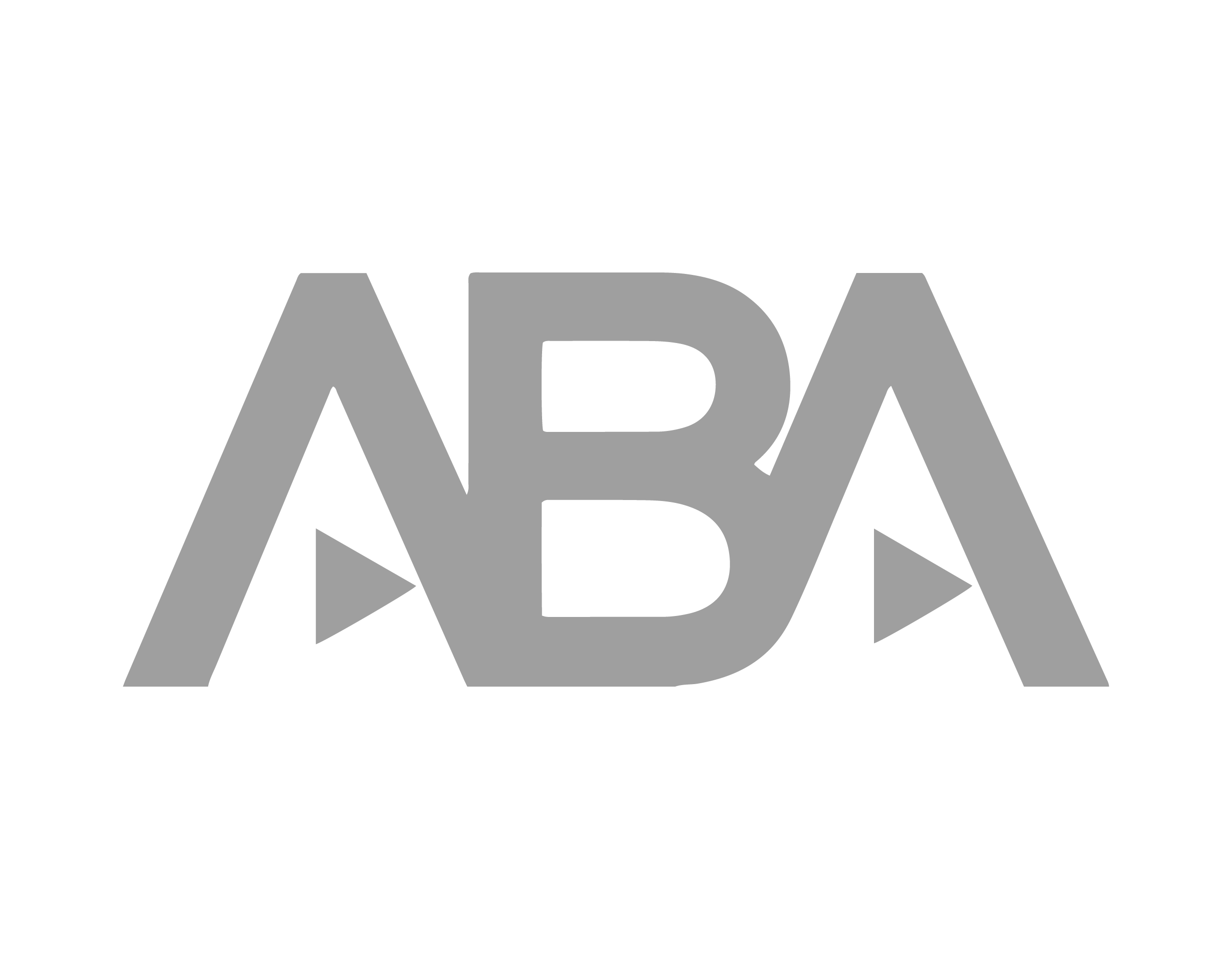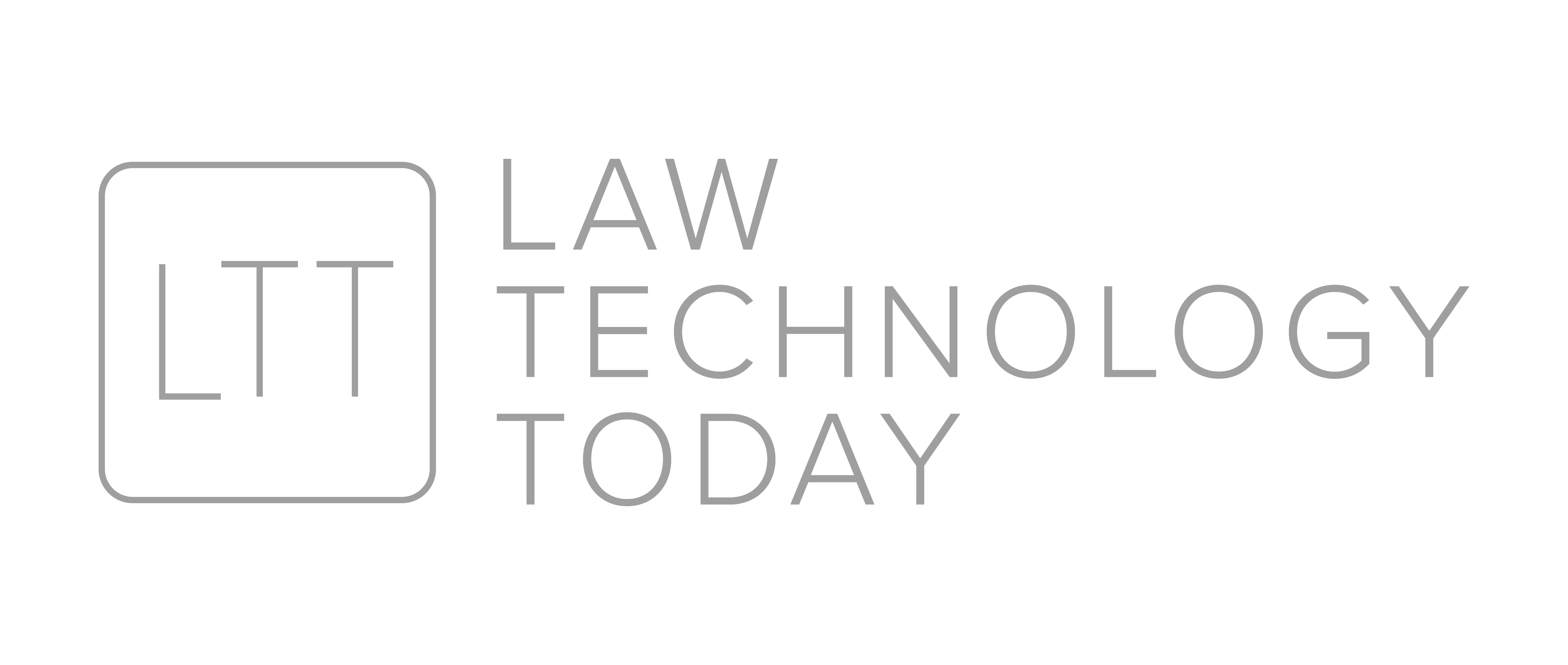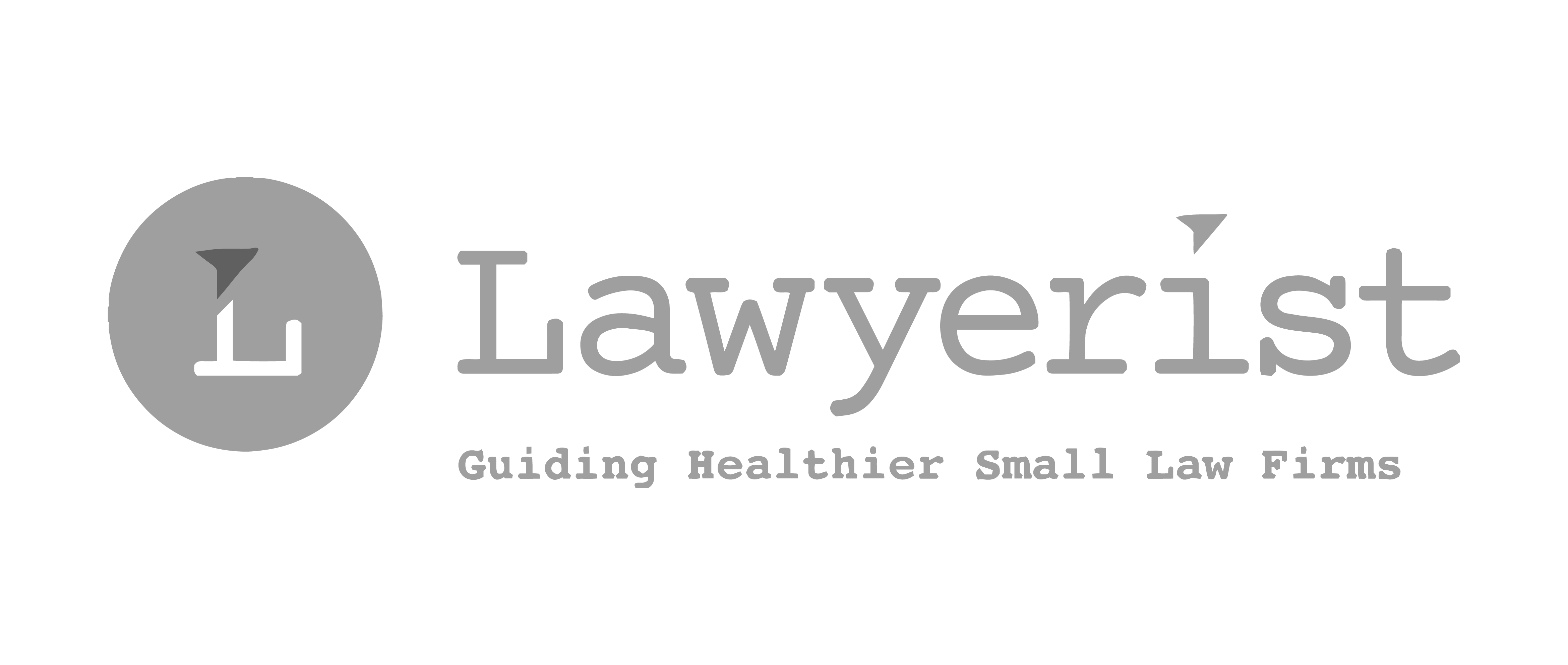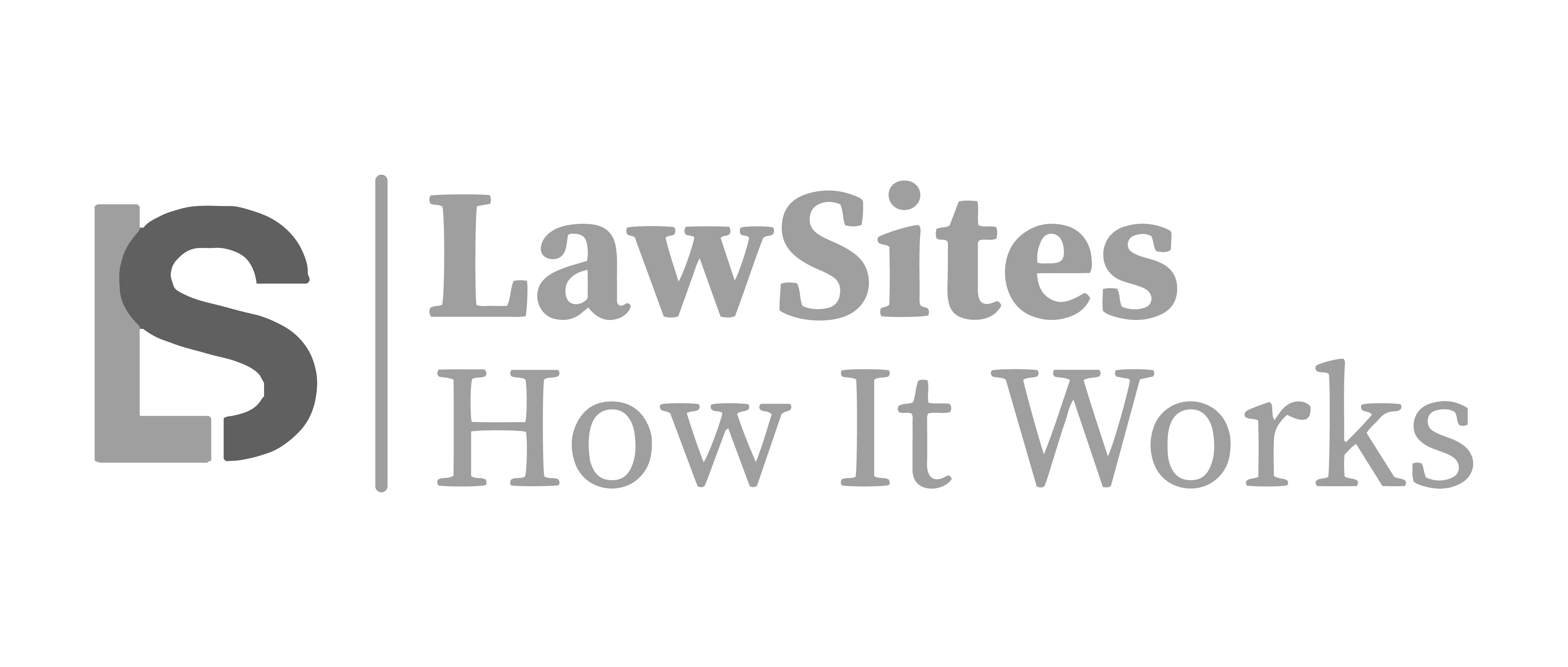3 Ways to Set Your Billable Rates with Time and Expense Tracking Software
Amidst the time and effort attorneys spend advocating for clients and guiding them through their legal matters, it’s important to remember that your law firm is still a business at its core.
But it can be tricky to figure out the sweet spot for your billable rate: enough to earn a profit, but not so high that you dissuade potential clients or charge unreasonable fees.
Lawyers have to think beyond the billable hours they put into specific client matters. Because as any business advisor will tell you, your billable hours are not the only thing you bring to the table for your clients (or the only thing involved in keeping your business afloat). Your billable rate needs to address all those things that help your firm function at peak performance.
But sometimes, that’s easier said than done.
Many law firms struggle to define their billable rates, especially new law firms. Sure, you can consult average billing rates by state. But that doesn’t tell you how much it costs to run your business—or how to determine the unique-to-your-business billable rate.
Your billable rate shouldn’t just account for your time
When a business decides the price of its products and services, it doesn’t just consider the salaries of its employees. It also has to consider production costs, equipment, office space, overhead, and other expenses.
Your billable rate needs to encompass all those same things for your law firm and account not only for your team’s salary, but also any overhead costs, expenses, and profit goals. This can include (but is not limited to):
- Administrative staff compensation
- Staff health insurance fees
- Matching 401(k) fees
- Office space rent
- Furniture
- Utilities
- Office Supplies
- Software subscriptions
- Business Insurance
- Vacation and sick days
- Travel expenses
- Court filing fees
- Business development
The list can go on and on, depending on your firm’s specific needs.
Plus, even if your firm has a ton of pro-bono hours built-in, you can’t forget about profit entirely. Profit is an incredibly important component of your business. Firms use their profit to reinvest in the business, provide additional employee recognition, or save enough funds to keep their business afloat in the event of unforeseen costs or a bad quarter.
Once you’ve tallied all these costs and your goal profit margin, you can determine an appropriate billable rate, no matter your fee structure.
Three ways time and expense tracking software can help define your billable rate
To get the correct billable rate, you’ll need to work with the right data. That’s where time and expense tracking software comes in. Here are three ways that time and expense tracking software can help define your billable rate.
1. Obtain an accurate picture of time spent per project
Manual time tracking is the easiest way to underestimate your billable hours. Lawyers who wait until the end of the day to track time can lose 10% of their billable time through inaccurate tracking. This also creates more overhead work for your team when it comes to drafting invoices and reviewing each client’s billable hours.
Manual time tracking also makes it harder for firms to understand just how much time and effort a project requires. For firms that use fee structures such as flat fees, this can lead to undercharging for your work.
This is where automated time tracking comes in. With automated time trackers, teams can:
- Log time as they work
- Switch between clients
- Pause for breaks
- Automatically generate invoices based on tracked time
- Predict internal project costs based on precise historical data
By using an integrated time tracker, your team can learn exactly how much time and firm resources go into projects, which can help you create a billable rate reflective of the effort your firm will exert for your clients.
As a bonus, it makes invoicing much easier at the end of the month—and your accountants will thank you in advance.
2. Build accurate billable rates for administrative work
Automated time tracking isn’t just for your partners and associates. It’s also critical to understand how much time it takes for paralegals and administrative staff to complete their casework. Using time-tracking software, your firm can calculate how much time it takes to complete clerical and administrative tasks.
For administrative staff (or small firms where attorneys often contribute to clerical work), it can be tricky to build accurate billable rates that encompass clerical work without overcharging clients. But with the data you get from your time tracking, you can evaluate fair and reasonable fees for your administrative work.
Consider creating separate billable rates and time-keeping codes for administrative or paralegal billable work, even for tasks performed by attorneys. This creates a clear separation of work and demonstrates to clients that you’re intentional about not overcharging them (but that you still get paid for all contributions to a case matter).
This can be useful even if you use flat fee structures at your practice. For firms that use flat fee structures, tracking which projects or services require a disproportionate amount of clerical work allows you to evaluate your billing rates for those tasks and better reflect your team’s efforts.
3. Use expense tracking to see just how much you spend on overhead
There is a very, very long list of costs that go into running a successful law firm. It’s not just the office space. It’s the printers, the paper, the postage, and the (very necessary) coffee. It’s all the little things that don’t seem like much at the time, but add up quickly.
The problem is that many firms don’t accurately track just how much they spend on overhead in a year. Without precise expense tracking, it’s easy to underestimate travel costs or filing fees. And the idea of going back through your team’s credit card statements to list out every single expense sounds exhausting (and way too time-consuming).
Expense trackers are the best way to avoid inaccurate and tedious data collection, and to see how much your team spends on office and case matter expenses each month or year.
With expense trackers, your firm can use different codes to identify expenses related to:
- Office Supplies
- Business travel
- Filing fees
- Software subscriptions
- Business development
…and anything else that goes into the cost of running your business.
Plus, expense trackers don’t just help track expenses and overhead. Your law firm can also use expense tracking software to re-evaluate your work practices and the tools that eat into your profit—and reviewing expenses with the correct data can help you evaluate your options and make the right decision for your firm.
For example, say you find out that your firm is spending thousands of dollars every year on paper. In this scenario, you may consider switching to a legal practice management system that could help your firm go paperless.
See the bigger picture with Rocket Matter
With Rocket Matter’s integrated time and expense trackers, you can have all the information you need to define your billable rate. Rocket Matter’s integrated suite of practice management tools helps busy law firms operate more efficiently and effectively, and that includes charging what you’re worth.
Ready to build a more profitable law firm? Schedule a demo or start a free trial today!
Related Resources

How to Increase Your Profits with Rocket Matter
Lawyers in firms of all sizes struggle to finish the work for the day in a reasonable amount of time. With document creation, non-billable tasks, and time spent following up with current and potential clients, the workday quickly turns from a planned eight-hour day into a twelve-hour one.

How to Master Your Law Firm’s Time and Billing
Lawyers have a heavy workload. With so many clients and their various needs, it’s easy to put tedious administrative tasks like time tracking and billing on the back burner.
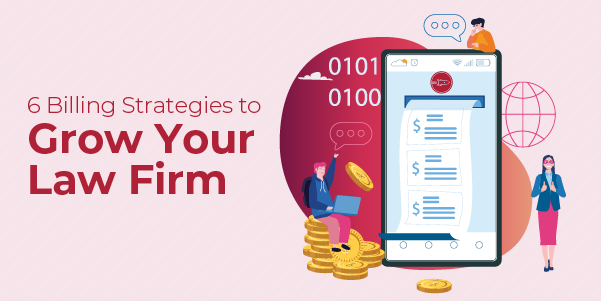
6 Billing Strategies to Grow Your Law Firm
Scaling your law firm doesn’t just mean adding more lawyers or increasing your number of clients. The best way to boost your law firm’s finances is to minimize your non-billable hours and make sure that every hour of your day is accounted for.
Share post:


